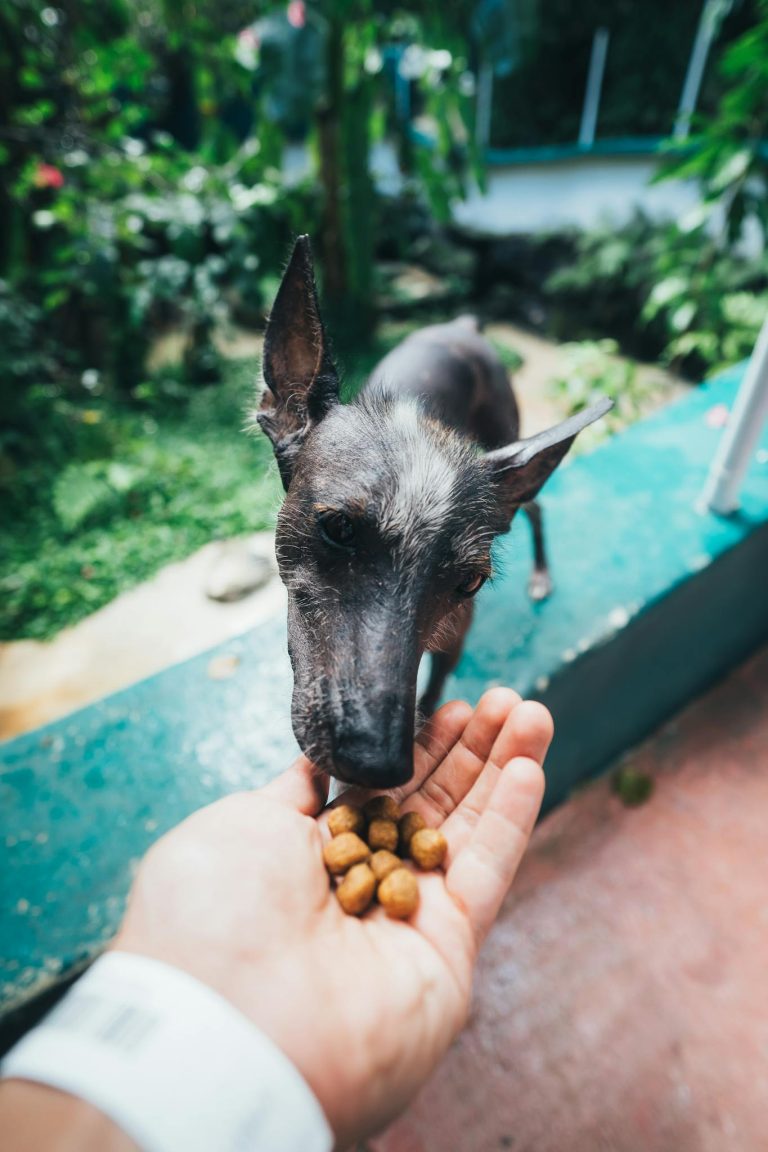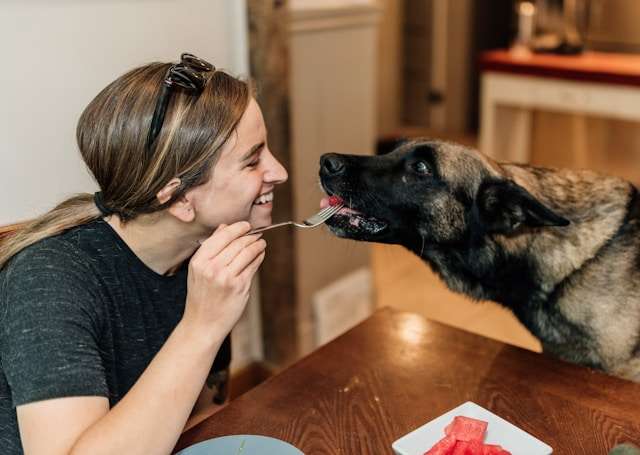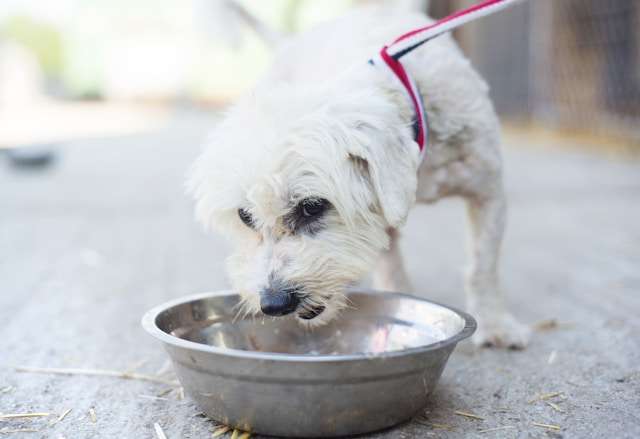Dog Obedience Training with Savannah: My Everyday Routine, Real Results, and What Didn’t Work

Dog Obedience Training with Savannah: My Everyday Routine, Real Results, and What Didn’t Work Everyday dog obedience training with Savannah is both rewarding and a real learning curve.
Savannah, my loyal sidekick, has shown me firsthand that good habits take patience—and plenty of trial and error. Some days, it’s smooth sailing; others, I tweak my routine because not every tip works for every dog or breed.
Dog obedience training has built a stronger bond between us and created a happier, calmer home. Over time, I’ve explored everything from basic cues and new routines to reading up on dog food reviews and trying expert Fascinating Akita Dog Facts for extra insight.
Through it all, what sticks is the need for a routine that actually fits your dog’s personality. If you care about strengthening your relationship with your dog, building a flexible routine matters more than chasing perfect results.
Along this journey, I’ve toyed with different dog food, switched up tactics learned from online dog training, and tested advice I’ve found in every corner of dog training resources. Some methods flop—Savannah tells me in her own way. Others? They become our new normal.
Table of Contents
Key Takeaways
Setting up an everyday routine for dog obedience training with Savannah has taught me a lot about what works—and what really doesn’t. Each day with her backs up one truth: consistency, respect for your dog’s personality, and flexibility in approach make every lesson count. Here’s what you can expect if you want real, stress-free progress, sprinkled with a few wins and honest flops along the way.
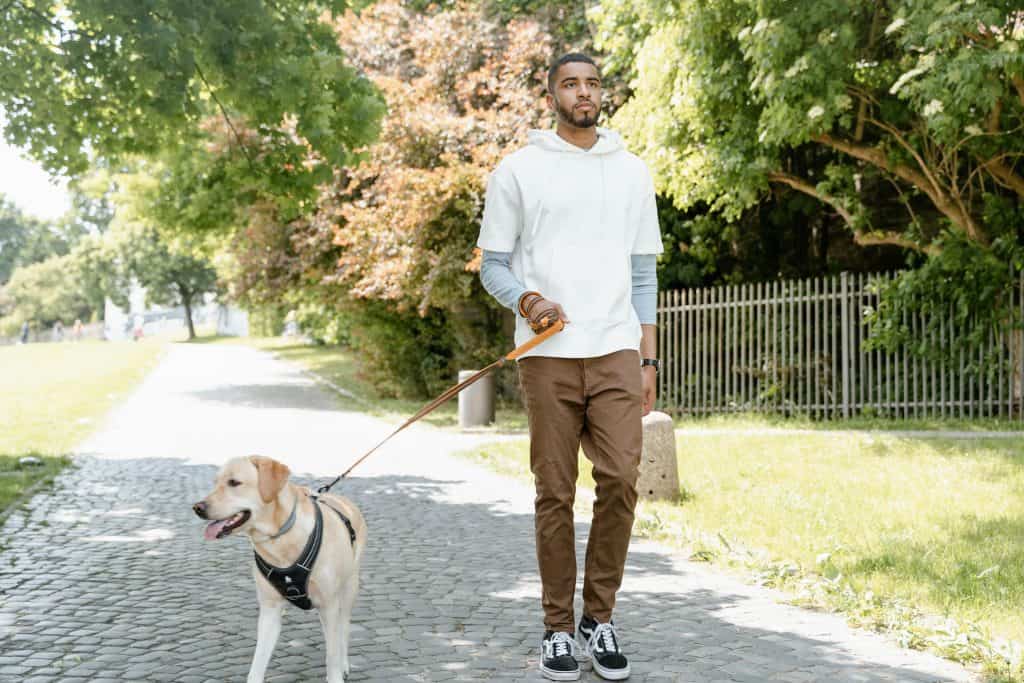
Photo by MART PRODUCTION
Consistency Is Key, But So Is Patience
What paid off most for Savannah and me was sticking to a regular schedule. Dogs, no matter the breed, thrive when they know what to expect. I learned that training the same commands at set times (like before meals or walks) is far more effective than trying to “catch up” on weekends.
But being patient was just as important—we had days where nothing clicked, and that was okay.
- Consistency teaches your dog what’s expected.
- Patience helps you push through the off days.
- Each dog, Savannah included, will have her own rhythm—respect that.
Tailoring Methods to Dog Breeds and Personality
Not every tip worked for Savannah. What’s right for one dog breed can bore another. Savannah needed training that balanced basic obedience with playful moments, not hours of repetitive drills. I saw real results only after adjusting the length and type of activities to suit her unique personality.
- Short sessions kept her motivated.
- Play provided built-in rewards.
- Some expected “universal” tricks simply didn’t hold her attention.
For those looking to compare how different breeds respond, this comprehensive guide to Boston Terriers details why breed-specific needs matter.
Nutrition’s Role in Training Results
Great dog obedience training doesn’t work if your dog is distracted by hunger or sluggish from the wrong food. I learned the hard way that feeding Savannah right before lessons made her sleepy, but training her when she was truly hungry helped treats work as proper rewards.
Plus, switching up her “training treats” based on her favorites (and healthy options) made even boring lessons more exciting.
- Dog food reviews shaped the treats I used.
- Timing meals can help maximize your dog’s attention span.
- Healthy nutrition aids focus and stamina in all breeds.
If you’re looking to start with young pups, check out a puppy nutrition guide for ideas on what to feed and when for lasting results.
Trial and Error Matters
Some tactics that flopped for us: using only verbal praise instead of food rewards, or expecting Savannah to generalize a new trick to every setting. Online dog training resources helped, but I always checked back to see if a method actually worked in our real-world routine. Keeping notes on each session made it easier to track progress and tweak our approach.
- It’s normal for some training ideas to fail.
- Testing and tweaking keeps your process fresh.
- Document what works (and doesn’t) for your particular dog.
For anyone starting out with dog training, understanding that mistakes are learning steps, not failures, is key to staying motivated on the journey.
Setting the Stage: Preparing for Dog Obedience Training
Starting dog obedience training with Savannah meant building the right environment and attitude before ever asking for that first sit or stay. Preparation is the secret that often gets missed. Laying this groundwork matters as much as the lessons themselves. Two pieces—choosing smart rewards and understanding breed tendencies—set the tone for lasting success.
Choosing the Right Dog Food Rewards
The type of dog food reward you use matters more than most people realize. When I first started training Savannah, I used whatever bite-size treat was handy from the pet store shelf.
Turns out, a healthy, well-chosen reward can make even a distracted dog eager to work. Dogs are quick to notice if treats get boring or if they leave them feeling sluggish.
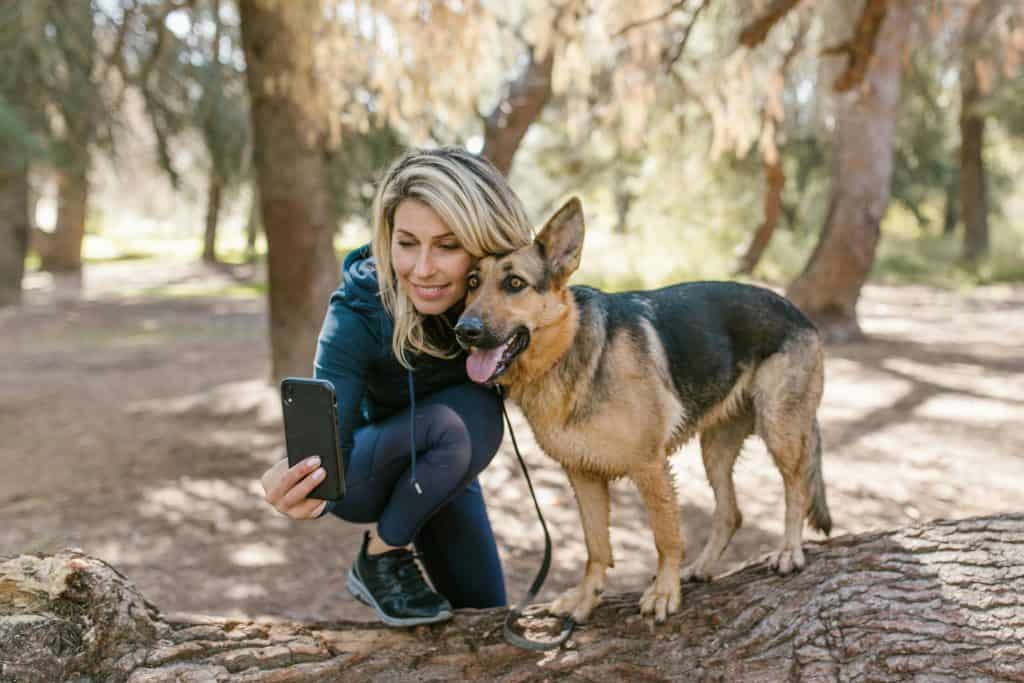
Photo by RDNE Stock project
I rotate different types of dog food rewards based on Savannah’s moods and energy. Here’s what works for us:
- Use small, high-value treats for new commands or distractions.
- Save bigger or softer chews for “jackpot” moments after a major win.
- Choose rewards with simple, real ingredients to keep Savannah focused and feeling great.
Healthy nutrition and training go hand-in-hand. If your treats are packed with junk, your dog’s attention and health will both fade. I always check dog food reviews before making new picks, especially for training-day snacks.
Looking for a guide on what’s best at different life stages? I found the puppy nutrition guide especially helpful for healthy treat options that boost focus.
For even more ideas, check out The 8 Best Dog Treats for Training for expert picks that keep training fresh and motivating.

Understanding Your Dog’s Breed Traits and Tendencies
Every training plan should start with a nod to your dog’s breed. Savannah isn’t just any dog; she’s an Akita. Akitas are famously loyal but can be independent during training. They love a challenge but get bored if drills drag on.
With Savannah, I learned I couldn’t rely only on universal dog trainig tricks. I needed to match the approach to her unique strengths and spirit.
Here’s what breed knowledge changed for us:
- Shorter, dynamic training sessions win over repetition.
- Strong, positive bond is key—Akitas don’t respond to harsh corrections.
- Mental puzzles and problem-solving keep her sharp.
If you want to dig deeper into what shapes Akitas’ personalities and instincts, check out 10 Fascinating Facts About Akita Dogs. This helped me understand why Savannah thrives on trust, variety, and routine.
Different dog breeds respond in their own ways to dog obedience training. It’s worth exploring the training needs of different dog breeds to shape a plan that fits your dog, just like I did with Savannah.
Understanding Savannah’s breed traits and picking the right rewards set us up for daily training wins. That foundation turned trial-and-error into real progress.
The Heart of the Routine: What Works in My Dog Obedience Training
Dog obedience training is where Savannah and I really connect. It’s more than just teaching commands—it’s about patience and understanding what keeps her excited to learn. Over time, I’ve found certain exercises that spark enthusiasm, and others that we tweak or skip.
My approach mixes tried-and-true routines with flexible problem-solving whenever we hit a bump.
Favorite Training Exercises and Commands
Some commands are part of our everyday rhythm, while others shine when Savannah’s in the mood to show off. Here’s what’s become the backbone of our dog obedience training:
- Sit and Stay: These were the first building blocks. I used treats she loves and clear hand signals. Every time Savannah sat on cue, she got instant praise and a bite of her favorite dog food reward. I reinforced “stay” by increasing the duration a few seconds at a time. Now, even with distractions, she waits until I call her.
- Recall (Come): For active dogs, coming when called is non-negotiable. I made sure Savannah always got the best reward for coming right away—whether it was her top treat or a burst of play. Repeating this every day, at different times and places, built her confidence.
- Leave It: Teaching self-control took some trial and error. A closed fist with a treat inside taught Savannah to wait patiently. Once she mastered that, I moved to more tempting distractions. Consistency was key—lots of praise when she ignored what she shouldn’t have.
- Loose-Leash Walking: To keep walks calm, I rewarded Savannah for checking in and walking beside me, not pulling ahead. If she rushed forward, I stopped and called her back. Over time, short, fun walks helped her get the message.
Repetition helped Savannah remember the rules, but mixing up exercises kept her alert and eager. If she solved one trick, I’d shift to something new so she wouldn’t get bored. Every dog thrives with variety, but for Savannah’s breed, shorter, purposeful sessions beat countless drills.
Utilizing Online Dog Training for Troubleshooting
Sometimes, you just get stuck. Savannah and I had days when a command wouldn’t click, or she’d lose interest. That’s when online dog training resources became my troubleshooting toolbox. I found tips on forums, watched trainer videos, and compared advice from trusted sites to keep moving forward.
Reading about other breeds helped me see things from different angles. When Savannah showed stubborn streaks, I checked guides on exploring Boxer dog characteristics to adapt our methods. Boxers, like Akitas, mix independence with intelligence.
Seeing how trainers keep Boxer dogs engaged gave me ideas for Savannah—shorter sessions, smarter reward choices, and just enough challenge to keep her attention sharp.
Online advice also helped me sort out which dog food rewards work best, guided by real dog food reviews. It’s easy to get lost in endless tips, but using what fit Savannah’s breed and personality got us back on track quickly.
If you’re ever feeling stuck, don’t be afraid to search for breed-specific strategies or bite-size, actionable dog trainig tips.
Tackling roadblocks head-on—armed with knowledge and a little creativity—makes all the difference for a dog like Savannah.
Learning from the Flops: What Didn’t Work With Savannah
No dog obedience training story is complete without a look at what fell flat. Not every tip or praised method sticks, especially when your dog is as unique as Savannah. My efforts with her proved that flops happen—and sometimes they’re the best teachers.
Let’s look at what just didn’t work, why it failed, and what I learned along the way. If you’re slogging through your own hurdles, trust me, you’re not alone.
Skipping the Warm-Up
Rushing into training without letting Savannah burn off some early energy always backfired. She’d fidget, whine, or simply ignore the first cues.
I found that starting sessions after a short walk or a game made a big difference. Warm-ups help a dog settle in and listen, while skipping them often leads to a distracted, stubborn pup.
Overusing the Same Treats
At first, I bought a big bag of one kind of dog food treat and used it for every lesson. Savannah caught on fast—and lost interest even faster. Like many dog breeds, she thrives on novelty. Once she’d get bored, her motivation dropped.
Switching up treats (while choosing healthy options based on real dog food reviews) kept her attention and made rewards actually rewarding.
Relying Only on Verbal Praise
I wanted to believe that praising Savannah with a happy “Good girl!” would be as strong as real rewards. For her, it wasn’t enough. Commands stalled and she lost interest if there wasn’t a tasty treat or a quick game in the mix.
Some dogs need more than words to stay engaged, so I made sure each success counted with the right mix of dog food treats and short, fun play.
Pushing Training Sessions Too Long
Early on, I tried marathon lessons, thinking repetition would help. In truth, longer sessions quickly led Savannah to zone out. Shorter, upbeat bursts (five minutes here, ten minutes there) worked better and matched her attention span.
Many breeds benefit from short and happy sessions—don’t overdo it expecting faster results.
Expecting Instant Success With New Tricks
I often fell into the trap of hoping Savannah would “get it” in just a few tries, especially when I’d read glowing online dog training success stories. Dogs, like people, sometimes need lots of repetition in different settings.
If a command worked at home but not in the yard or on a walk, I’d get frustrated. Now I know: transferring skills between contexts takes patience and practice.
Indecision About Rules and Boundaries
I learned that dogs notice every inconsistency. For example, sometimes I’d let Savannah jump onto the couch, other days I’d say “off.” This confused her and slowed progress. If boundaries aren’t clear and consistent, training results suffer for any breed—not just stubborn or independent ones.
Ignoring Breed-Specific Advice
Not all training tips work for all dog breeds. At first, I used popular tricks meant for high-energy herding dogs. Savannah, with her Akita roots, preferred mental puzzles and loyalty-based commands. Once I tailored our routine, her progress sped up. For more depth on why this matters, reading Are Boston Terriers Good Dogs? A Comprehensive Guide helped me appreciate the wide range of personality and learning style differences among breeds.
Taking Online Dog Training at Face Value
Reading through online dog training forums and videos, I sometimes tried every suggestion out there, hoping something would stick. The truth? Not every popular tip suits every situation, and you don’t have to try them all.
Filtering dog trainig advice through what you know about your own dog works much better than blindly copying every trick you see.
Forgetting to Log Progress
For a stretch, I skipped recording what we did each day. Worse, I forgot what treats, times, or cues worked best. I quickly saw the value in keeping a simple notebook for each session—just a sentence or two helps sort out what’s effective.
When training your own dog, don’t worry if flops pop up. With Savannah, every failed trick or ignored cue pointed me toward better methods and stronger results.
If you’re interested in learning more about why certain breeds respond differently or want deeper insights on training strategies, check out this comprehensive dog breeds overview.
Use your own trial and error to guide your routine, and you’ll get results that stick, even if some methods flop along the way.
Beyond the Routine: Tracking Progress and Staying Motivated
Pushing past a basic dog obedience training routine made the biggest difference for Savannah and me. Early wins can fade if motivation slips, so I learned to keep things fresh and my tracking habits strict.
Measuring progress showed me we were moving forward, even when results felt slow. Motivation, for both me and Savannah, came from celebrating even small changes and finding rewards she truly cared about.
Experimenting with Dog Food and Treats
Keeping Savannah at the top of her training game meant paying close attention to the food and treats I used. Dogs, just like people, can lose interest in bland or repetitive snacks.
To keep Savannah focused and healthy, I started rotating treats with different flavors and textures, always making sure the ingredients were good for her.
I looked at advice from breed guides like Are Boston Terriers Good Dogs? to see how breed size and temperament can shape treat choices.
It taught me why portion size and protein content can affect both energy and focus. Savannah’s Akita nature needed bigger rewards for harder commands but smaller, frequent treats to maintain pacing.
Some things I always do:
- Use high-value treats for brand new or tricky commands.
- Change up the type of dog food reward each week, based on what gets Savannah excited.
- Track which treats hold her attention, especially if she starts ignoring one she used to love.
- Double-check dog food reviews for training treats before adding new brands to her routine. I lean on picks from The 8 Best Dog Treats for Training to give myself a head start.
 Photo by Zen Chung
Photo by Zen Chung
Savannah’s attention always jumps when I bring out a new treat, and rotating options helps prevent boredom. This trick, simple as it sounds, keeps her just as motivated for the hundredth “stay” as she was for the first.
Matching food options to her activity level also meant I could stretch her focus during longer dog obedience training sessions. If you’re curious how treat choices differ by breed, this overview of which dog breeds trainers see most often gives a good look at why variety matters for different personalities and sizes.
Track what works, celebrate each new win, and your dog will keep looking forward to every lesson. I find that experimenting with dog food, tracking what motivates Savannah, and switching things up keeps both of us eager for training time.
For more hands-on tips, you can find additional resources in our own dog food reviews section to help pick treats that won’t just work—they’ll wow your dog. Staying open to new ideas, rewards, and honest logging keeps both progress and motivation alive in any dog obedience training routine.
Frequently Asked Questions About Dog Obedience Training with Savannah
Dog obedience training with Savannah has sparked lots of questions from curious dog owners. Whether you’re new to training or you’ve hit a stubborn patch, knowing what to expect can keep you moving forward.
Here, I’ve rounded up some of the most common questions I get, based on my everyday routine with Savannah, to help clear up confusion and share what’s really worked (or flopped) in our journey.
How Long Should Each Training Session Be?
When I first started training Savannah, I thought marathon sessions were the answer. I quickly learned that shorter is better—usually 5 to 15 minutes per session. Dogs, no matter their breed, stay sharper and happier with brief lessons.
Savannah’s attention held strong with these short bursts. Pushing her for longer meant she lost focus, making each lesson tougher than it needed to be.
Which Dog Food Rewards Work Best for Training?
The right reward makes all the difference in dog obedience training. Savannah lights up for small, soft treats with strong scents, especially when we’re working on new commands. If a treat gets boring, I rotate it out for something new, always making sure ingredients are healthy and simple.
I check dog food reviews before trying anything new so Savannah’s diet stays balanced. If you’re interested in expert recommendations, see this list of the best dog treats for training.
How Do I Know If a Training Method Isn’t Working?
With Savannah, it’s obvious—a training method flops when she ignores cues, seems distracted, or stops getting excited for rewards.
If her tail drops or she stares off, I know it’s time for a change.
Every dog shows their own signs, so watch your pup’s body language closely and tweak your methods. Keeping notes on each session, including what worked or flopped, helps spot patterns fast.
Do Different Dog Breeds Need Different Training Approaches?
Yes, 100%. Savannah is an Akita, and I saw right away that common tips didn’t always fit her personality.
Akitas, for example, love mental puzzles more than endless physical drills. For other breeds, the best approach can be totally different.
Tailoring your routine and reward system to your dog’s breed and energy level will help you see better results. Want a deeper dive? Take a look at this overview of different dog breeds and their needs.
What’s the Role of Online Dog Training?
Online dog training is my secret weapon when I get stuck or need a fresh idea. There’s no shame in turning to the internet for tips or videos—just make sure you filter advice with your own dog in mind.
Savannah and I have bounced back from tough days thanks to videos and advice aimed at her breed and personality. For a handy roundup, check out these top free online dog training resources.

Photo by Johann
How Can I Keep My Dog Motivated Over Time?
Motivation can fade fast if you lean too much on the same old treats or drills. Savannah keeps learning when I switch up routines and let her “win” easy now and then. I always track which treats or play sessions spark her interest and change things up when she gets bored.
For some dog breeds, a new toy is just as exciting as food. Consistent praise, fresh rewards, and a little creativity keep Savannah engaged—if one thing’s not working, I’m never afraid to experiment.
What Should I Do If My Dog Stops Responding to Commands?
When Savannah zones out or starts ignoring cues, I do a quick audit: Did I change something in the environment? Am I using a treat she’s lost interest in?
Did we skip a step in recent training? Sometimes, she just needs a refresher with an easier command (like “sit”) before moving back to the harder stuff. It’s also a good time to see if a new training tip from an online dog training program might help.
Where Can I Learn More About Dog Food Choices for Training?
I’ve found solid advice in every stage of Savannah’s training by reading detailed dog food reviews. Honest reviews help narrow down which brands and recipes give the right balance of energy and focus during dog obedience training.
Staying current with what’s on offer ensures Savannah always has a reason to look forward to our sessions.
For anyone launching their training routine, these answers should help you tackle common obstacles and move forward with confidence.
With the right mix of information, patience, and a personal touch, you and your dog can enjoy dog obedience training just as much as Savannah and I do.
Conclusion
Training Savannah has taught me that dog obedience training is never a one-size-fits-all process. Every dog brings unique strengths, quirks, and challenges to the table.
The routine only sticks when I listen to her needs and adapt what I’m doing. Lessons come from both the daily wins and the inevitable flops.
No matter the dog breed, focusing on progress—not perfection—makes the experience less stressful and more rewarding. If you want more tips on matching your approach to your dog’s breed, take a look at the dog breeds overview.
Remember, what works for Savannah might be different for your dog, so don’t be afraid to experiment.
Thank you for following along with my journey. I hope you feel encouraged to personalize your dog obedience training and celebrate each small success.
Feel free to share your own routines or favorite tricks—I love swapping stories with fellow dog owners.


